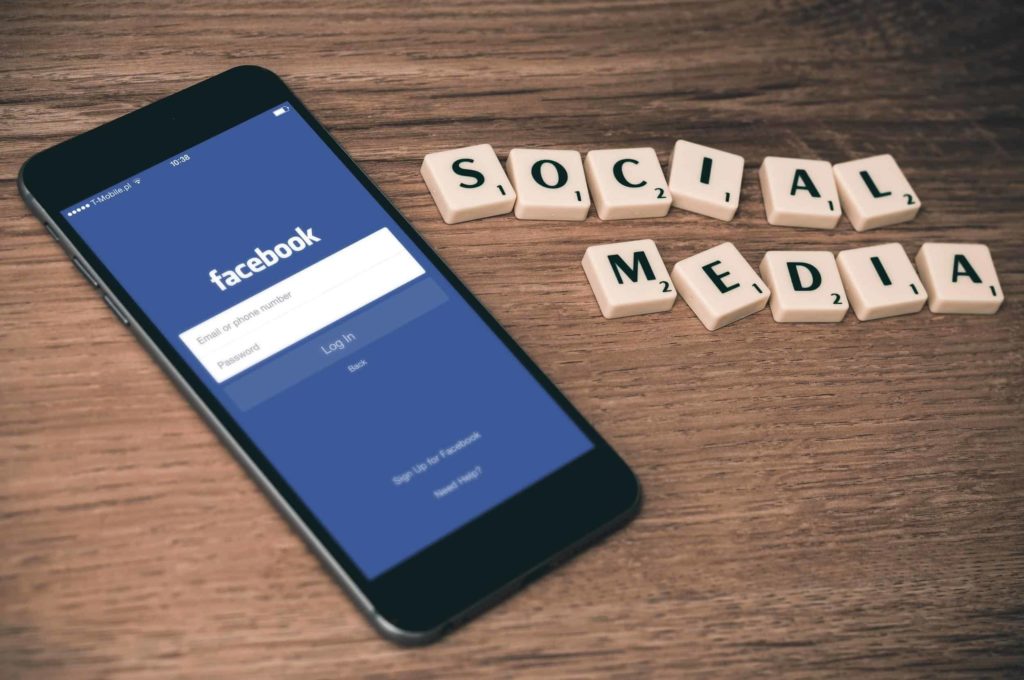On the face of it, there’s nothing mysterious about the role of an influencer. An influencer is pretty much what the name implies: someone who can affect other people’s purchase decisions via his/her position, authority, knowledge, image, or relationship with the intended audience. Influencer marketing identifies such individuals and builds marketing activities around them accordingly.
Today’s consumer can be a tough nut to crack, having grown accustomed to—and skeptical about—a constant bombardment of advertising that has the opposite effect of building trust. Association with and recommendation by a trusted source can propel your product out of the murk and into the hearts and minds of customers.
While this might at first seem not unlike the time-honored advertising practice of using a trusted spokesperson well known to and trusted by the general public, today’s influencer marketing is radically different because of the rise of social media. The idea now is to go for a particular niche, to specialize, to find the individuals who excel at using social media to reach people in a very particular area of interest, sharing content considered relevant by devotees of that interest.
Here are a few things to bear in mind when identifying and partnering with an influencer:
Relevance matters more than reach.
No question about it, reach is important, but having a powerful longbow isn’t much good if you don’t hit your target. Vet the potential influencer carefully by an extensive examination of their posts. Does the influencer’s interest align closely with what you wish to promote, or are the posts too general or even off-topic? Someone who’s an authority on strength training might not be right for an audience of vegetarians who lift weights seriously. An expert on home decor might not be right for people learning to practice minimalism.
You also should consider whether the influencer is truly original or someone who mostly reposts material found elsewhere. In the latter case, it would be a good idea to go to their sources and see if you can find a more potent influencer there.
Reach isn’t always what it appears to be.
A big audience for the influencer doesn’t always mean they’re actually reaching the people you’d like for them to. Getting a lot of unique visitors is fine, but the fact that they’re visiting doesn’t mean they’re finding the content valuable. It’s essential to consider likes, comments, and shares.
Their frequency of activity is also relevant here. Publishing on a regular basis keeps an influencer in the consciousness of his or her audience much better than infrequent or irregular activity. In the long run, frequency tends to result in a larger, stronger following.
Local is sometimes better than global.
As the word “global” would indicate, global influencers tend to have a larger reach than local ones. Global influencers may be true experts in a particular field, or they may just be consumers who are prominent, as with major celebrities. Between global and local, there’s a second tier of influencers who are truly expert in some niche market. These levels have their uses, but sometimes your best bet is the local influencer, someone in your circle of followers and friends, or someone physically nearby, who because of familiarity and greater perceived authenticity may be more effective in spurring people to action.
Be sure you’re not too odd a couple.
What sort of image or voice does your brand have? Are the influencer’s self-presentation and style and tone aligned with that? Do you want to be edgy? Shocking? Dignified? Reassuring? Your influencer should fit in with the way you prefer to come across. It’s also best for an influencer to incorporate your message into his/her usual style of communication; otherwise, you lose the benefit of authenticity.
Authenticity matters. A lot.
We’ve already mentioned authenticity a couple of times. We’ve also mentioned the wariness of today’s consumer regarding anything that smacks of advertising. This can extend to product reviews, and certainly to sponsored content. What’s most effective is a compelling story that presents your product in a favorable light along the way. After all, this is how it usually works when we try a product because a friend told us about it. The closer your influencer can come to that kind of authenticity, the better.
Mind the platform.
It should go without saying, but we’ll say it: People who excel on one type of social media aren’t necessarily as successful with others. As a simple example, some people can work wonders with Twitter’s character limit, and others are rendered helpless by it. Make sure your potential influencer is effective on the platforms you’ll be using.
Do the mating dance with care.
When it’s time to make contact with a potential influencer, of course, you’ll want to make your approach with his/her convenience in mind. If you have connections in common, by all means, use them. This starts you off talking about a shared relationship. Make contact through the influencer’s preferred channel if possible.
It’s a good idea to be able to share highlights about your company, along with vital metrics about your reach and engagement. This can go some distance toward letting them know what’s in it for them.
If things proceed from there, you can start communicating by means that allow for longer conversations. In the process of learning more about what’s in it for whom, you can also assess the attitude and demeanor of the potential influencer. Which leads us to:
Work with somebody who’ll work with you.
If someone has a dazzling presence, that can sometimes mean a blinding headache for you. Egomania, you don’t want. Nor do you want someone who’s not readily accessible (though you’ll need to take into account that a high percentage of influencers are not 9-to-5 types). Make sure you don’t partner with someone who will be more trouble than they’re worth. Divas, drama queens, and undependable people (even if pleasant) not only are difficult to deal with personally, they’re also more likely to be erratic in public—with your brand.
When evaluating potential influencers and making a decision whether to pursue someone, it’s all about the definition: What, exactly, is the project? Who, exactly, is the audience? Who, exactly, is well-positioned to sway the decisions of that audience? How, exactly, is that best accomplished?
Influencer marketing is one of the keys to achieving efficiency and effectiveness by concentrating your resources very precisely. With careful selection of your goals and close attention to the process of obtaining the right influencer, you can secure the attention and loyalty of today’s connected consumers—in a way they enjoy.









